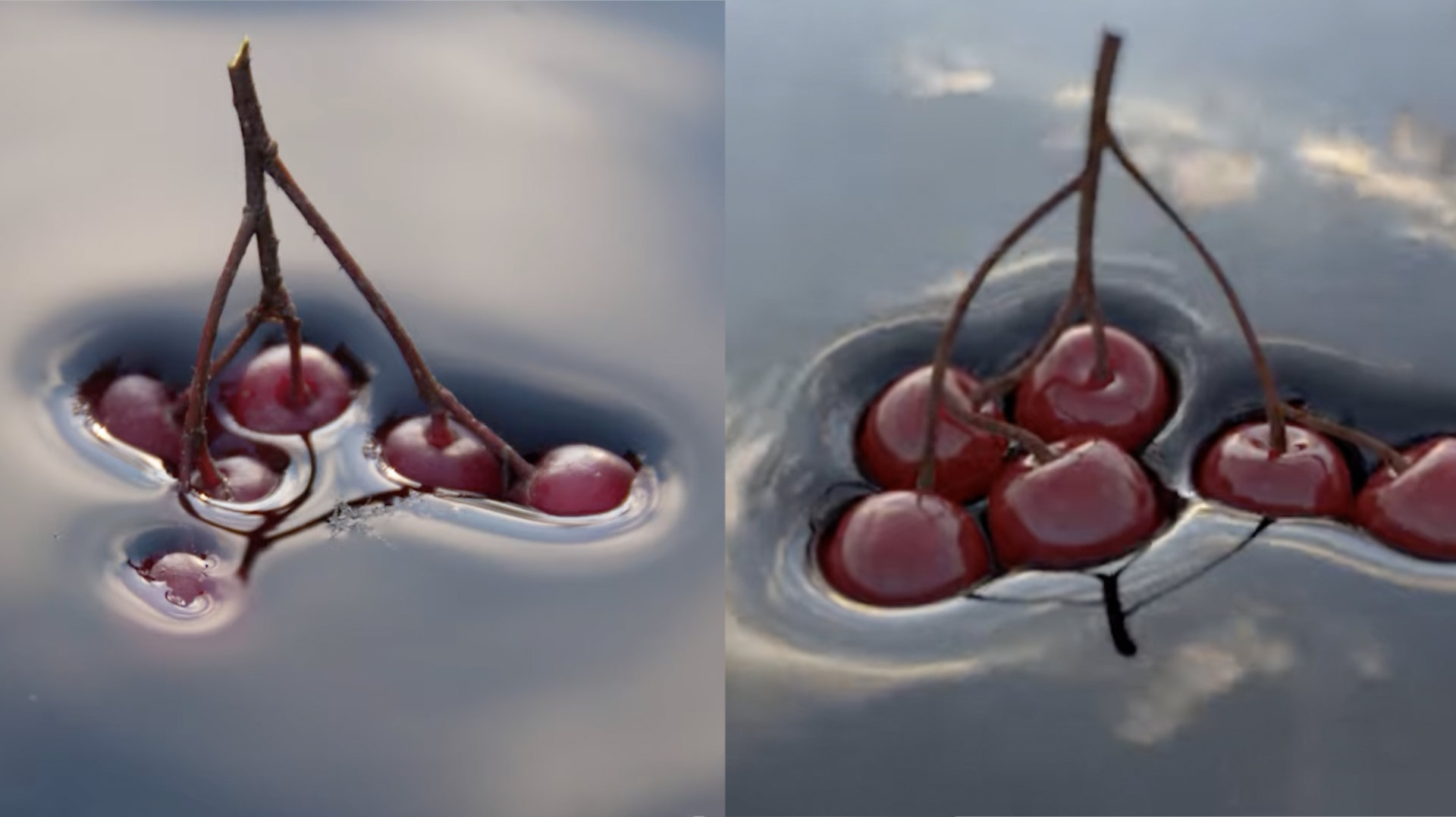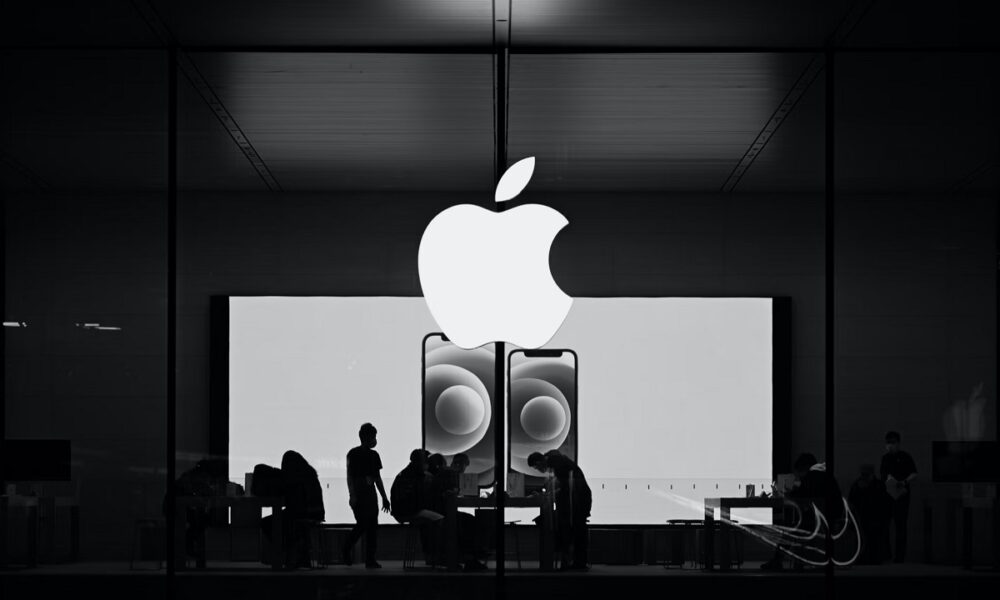
We sometimes tend to forget that our current video games are extremely complex mathematical and physical miracles. A recent breakthrough that simply looks at how an object floats in a 3D environment is proof of this.
While 3D simulations have improved dramatically in recent years, some aspects of our physical world are still terribly difficult to digitally recreate. One of these complex technical challenges is the interaction between 3D objects and liquids.
It is extremely difficult in a 3D environment to faithfully recreate the surface tension of water. This phenomenon, which explains why some objects denser than water do not sink when placed on water, has long been difficult to recreate in 3D, but a new scientific publication may help to make a difference.
What is surface tension?
This study (which will appear in August 2021 in the journal ACM Transactions on Graphics) resulting from the collaboration between Chinese and American universities shows that it is possible to recreate this physical phenomenon with precision in a simulation. To fully understand why this is such a feat, we must first take an interest in the physical phenomenon that creates this surface tension.
In a glass filled with water, the molecules that make up the liquid will bind together. This is called the cohesion of matter. In the middle of the glass of water, each molecule can bind with its neighbors in all directions (those placed below, above, beside). On the surface, on the other hand, water molecules can only bind together horizontally since no molecules are present above. These surface molecules will therefore bind together with a force greater than that below and will create a kind of solid “skin” at the top of the glass.

It is this skin that will allow certain objects that are denser than water to float at the top of the glass. As soon as additional pressure is applied, however, the object sinks.
Why is it complicated to recreate in 3D?
This phenomenon is complex to recreate in 3D, because it is mathematically very difficult to ” precisely simulate the interactions between the three subsystems », Explains the study. The three subsystems being the physical object, the water surface and the rest of the water. Simulating water with different characteristics and whose voltage varies depending on whether it is on the surface or at depth is a technical challenge for a computer. The machine considers water as a homogeneous liquid by default.
It is by digitally recreating this skin that specialists have succeeded in recreating the surface tension of water in a 3D environment. Rather than simply modeling water as a homogeneous surface, the researchers added an additional, denser membrane to the surface that will interact more precisely with the physical object placed there.
By adding this membrane, the 3 subsystems will interact with each other in a mathematically understandable way for a machine, it thus becomes possible to recreate the surface tension of the water and create even more realistic environments. In the video accompanying the study, the 3D simulations are breathtakingly precise.

Depending on the density of the objects placed on the water, the latter will deform differently. The tendency of floating objects to come closer to each other (nicknamed the Cheerios effect in relation to cereals sticking together in a glass of milk) is also reproducible. By asking a machine to make a simple calculation between the tension of the water on the surface and the density of the object, we arrive at a result close to reality.
How can that improve our games?
The method is not perfect and does not succeed in faithfully reproducing the behavior of hydrophilic objects (which absorb water, as with a sponge) for example. This discovery still represents an interesting advance from a theoretical point of view.
The richness and precision of our video games could thus be improved with floating objects which react more finely to their surroundings and which could for example sink under certain conditions. Catching a floating object that would suddenly start to sink due to the movement of the water would add a layer of realism to our games.
Naval battles could thus be even more immersive and realistic. The ships would slowly gravitate towards each other due to the famous Cheerios effect. In both simulation games and adventure games, this would bring digital navigation a little closer to the “real” experience.
” We believe that this method is the first step towards the construction of numerical simulators able to model more precisely the complex solid-fluid interactions with a strong surface tension. Describes the study. A perhaps minimal advance in practice, but which recalls to what extent the immersion and the realism of our games are the result of thousands of complex micro-calculations. Creating a believable 3D environment is a much more difficult challenge than one might think.



